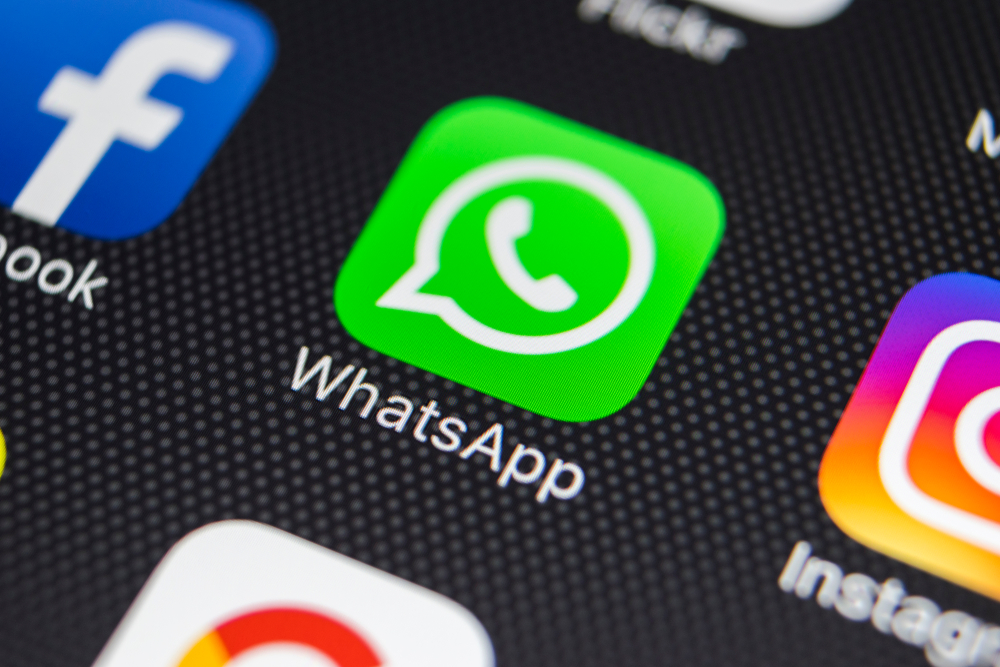In today’s digital age, smartphones have become integral to daily life in the United Kingdom. From communication and entertainment to work and education, these devices serve multiple purposes. However, this widespread usage raises questions about the amount of time Britons spend on their smartphones and the implications of such habits.
Average Daily Usage
Recent statistics indicate that, on average, UK adults spend approximately 3 hours and 49 minutes per day on their smartphones. This figure represents a slight decrease from previous years, where the average daily screen time was over 4 hours. The reduction may be attributed to growing awareness of the potential negative effects of excessive screen time and a conscious effort by individuals to moderate their usage.
Demographic Variations
Smartphone usage varies across different age groups. Younger individuals, particularly those aged 16 to 34, exhibit higher usage rates, with the vast majority owning a smartphone. In contrast, ownership drops among older generations, especially those aged 65 and over. This disparity suggests that younger generations are more reliant on smartphones for various activities, including social media, entertainment, and communication.
Primary Activities
The primary activities conducted on smartphones include:
Email Correspondence: A significant percentage of users engage in sending and receiving emails.
Searching for Goods and Services: Many use their devices to look up products and services.
Entertainment: From playing at online casinos to watching YouTube videos and streaming movies, many use their phones to keep themselves entertained.
Internet Banking: Managing finances through mobile banking apps is a common activity.
Messaging Apps: Communication via platforms like WhatsApp and similar apps is widespread.
Social Media: Accessing social networking sites is a frequent activity for many.
Work: Some people, including those in niche sectors such as the adult industry, rely on smartphones to earn a living. At the escort platform Erobella, we interviewed some escorts from Sunderland, London, and other UK cities who said they use these devices to market their services and communicate with clients.
These statistics highlight the multifaceted role smartphones play in daily routines, serving as tools for both productivity and leisure.
Data Consumption
With increased smartphone usage comes higher data consumption. The average UK user consumes several gigabytes of mobile data each month, a significant rise from previous years. This surge is likely due to the growing popularity of data-intensive activities such as video streaming, online gaming, and video conferencing.
Health and Well-being Concerns
While smartphones offer numerous benefits, excessive usage has raised concerns regarding mental health and well-being. Studies suggest a correlation between prolonged screen time and issues such as anxiety, depression, and sleep disturbances. In response, various initiatives have emerged advocating for more mindful smartphone usage, particularly among children, to mitigate potential negative impacts.
Strategies for Moderation
To promote healthier smartphone habits, experts recommend several strategies:
Designate Phone-Free Zones: Establish areas in the home where smartphone use is prohibited, such as the dining room or bedroom.
Disable Non-Essential Notifications: Turn off alerts that are not crucial to reduce distractions.
Set Specific Usage Times: Allocate certain times of the day for checking emails or social media to prevent constant checking.
Utilise Digital Well-being Tools: Many smartphones offer features that monitor and limit screen time.
A Balanced Approach
Smartphones have undeniably transformed the way individuals in the UK communicate, work, and entertain themselves. However, the substantial amount of time spent on these devices necessitates a balanced approach to ensure that their use enhances, rather than detracts from, overall well-being. By adopting mindful usage practices, individuals can enjoy the benefits of technology while mitigating potential adverse effects.


